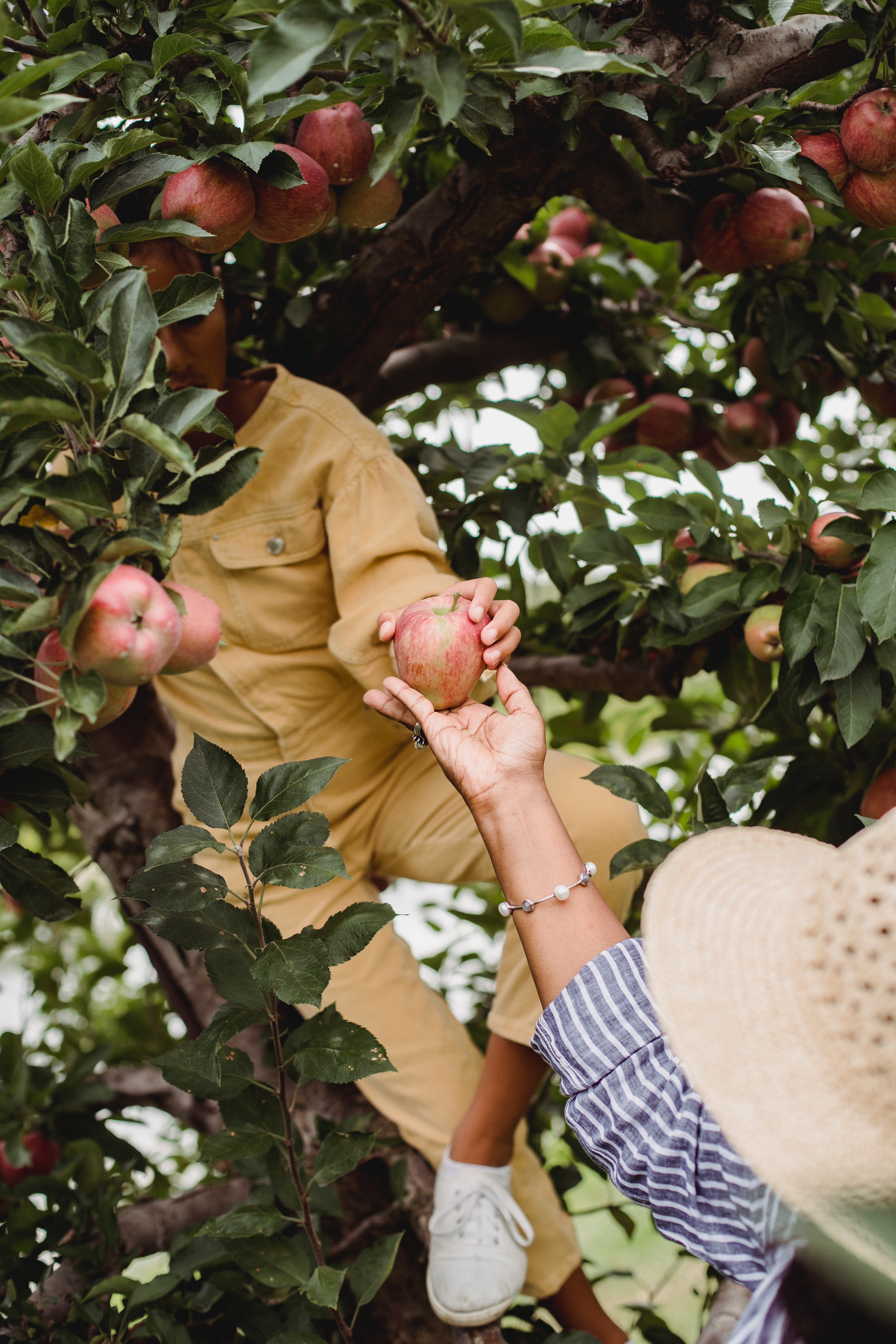One silver lining of quarantine this year has been the push for many of us to closely examine our eating patterns. With many of us having much more time to cook and much greater pressure to create healthy food in constrained budgets, the careful review of entire pantries was common in households across the country. Many people may have found opportunities to improve their diets and spending habits as individuals cut out the fast food of our hectic lives. Still, with this more conscious approach to eating, many have been left in a state of confusion about what diet is best for their newly organized lives.
For that reason, it’s important to look at different trends in healthy eating that we can try to work into our new regiments.
First, there is the popular new focus on intuitive eating. For those who haven’t heard about the new trend, you can think of intuitive eating as the anti-diet. Dispelling the attempts at diet culture to restrict diets to certain food groups or meal sizes, intuitive eating encourages consumers to become increasingly attuned to their bodies needs and feed it whatever it needs to be healthily energized for everything from work to exercise. This means allowing yourself to eat sweets in moderation and eating until you are no longer hungry. Intuitive eating has been embraced by fitness bloggers and foodies alike, and is a comforting move towards a culture that is more focused on health and wellness.
Another trend that people are embracing in the world of healthy eating is the push for clean eating. Clean eating has no exact definition, but it encourages consumers to be very aware of what they are putting into their body with focus on food that is cultivated naturally without much artificial processing and additives. For some, this may mean purchasing local organic produce that is raised by those around you. For others, this may mean swapping out your favorite treats like mac and cheese and frozen foods for options that have been certified as having less artificial ingredients.
However, clean eating is definitely challenging. Often times, cleaner ingredients come at a higher cost and across the United States, availability of organic produce or fresh ingredients varies greatly from state to state. For example, a new report found that some Americans may find even less than five farms producing organic fruit across their entire state.
Finally, a major trend in a push towards conscious eating is the push for a culture of nutritious diets that is more inclusive of those with smaller budgets. Studies have repeatedly shown that poverty has adverse effects on nutrition and that those who experience poverty are much more likely to face health issues like diabetes and heart disease. Therefore, there is a lot of conversation about helping make nutritious options more available for those with less resources who want to prepare healthy meals for themselves and their family members.
Different guides have been created that offer suggestions like preparing meals and eating out less as methods towards creating a healthy diet with less money. However, there have also been cultural changes like pushes for food banks to offer healthy options and governmental programs that are attempting to encourage healthy eating in poor communities. Certainly, there is a lot of room for progress, but for those that are facing economic hardship during this pandemic, there is an increased push for low-budget access to healthy food.
These trends towards intuitive eating, clean eating and equitable access to healthy foods mark progress of American diet culture. Instead of focusing on food as a tool to be skinny or be full, food is being positioned as fuel that can help everyone be and feel their best, regardless of their circumstance. Still, our world is rapidly changing. The way we understand individual diets and public health has been transformed this year and will show no shortage of evolution in years to come.


